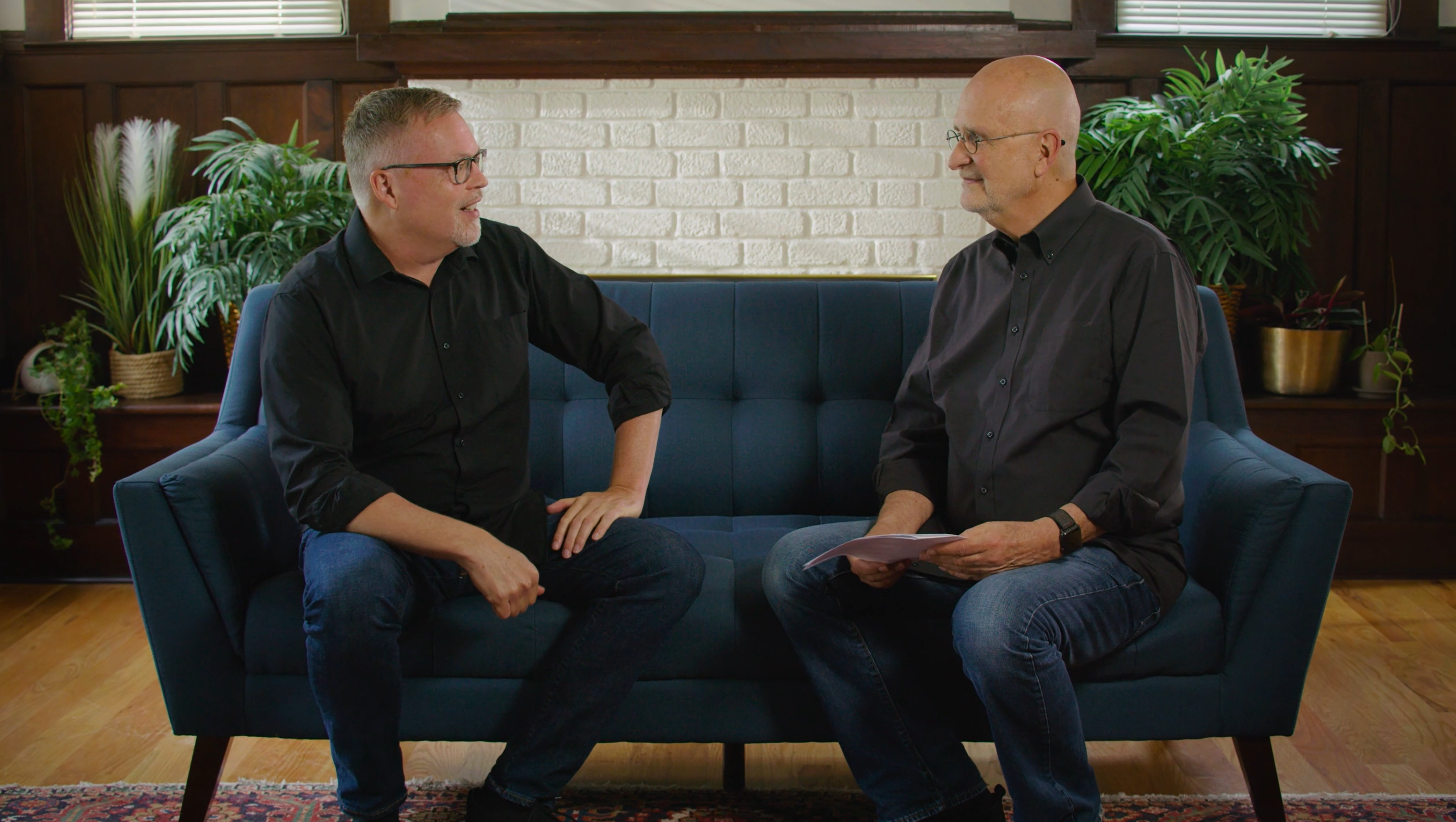We all create stories about who we think people are, based on either a snap judgment or seeing from afar their history of behavior.
Sometimes that can be helpful to us. Other times, it’s quite hurtful. I think we do this quite a bit as fundraisers. You have a donor in your portfolio who may be what you’d call a “C-level donor.” They give a low four-figure gift every year in December. The tendency is to say to yourself, “She’s probably never going to do more than that. But I’m going to keep her in my portfolio because she’s at least consistently giving every year.”
There may even be a note in her donor record from a previous major gift officer who said they had a quick conversation on the phone with her and she “just loves” everything your organization does.
So there the donor sits, giving their “major gift” every year. But no one really pays much attention to them.
I see these donors in non-profit databases all the time. Every year, they give $1,000 or $5,000, and it’s always the same. When I ask the MGO what the donor is passionate about, the MGO shrugs. They say that they’ve never really talked to that donor. I’m thinking, “Then why are they in your portfolio?”
Recently, one of our Client Experience Leaders sent our team the following story about a MGO they are working with. I’m protecting names and the organization. But other than that, this is the story:
An MGO has been working for this organization for 16 months. A few years back, at year-end, she qualified a donor who typically gave $1-2K as an annual year-end gift for a number of years. Otherwise, the donor had never connected with anyone from the organization.
In the MGO’s first phone call with this donor, the MGO asked about the donor’s passions and interests. And, the MGO asked what specifically the donor liked about the organization. The donor revealed that they have a heart for refugees. They asked the MGO a lot of questions about what the organization does for refugees compared to other organizations.
After the conversation, the MGO sent the donor a really detailed email with more information about the how the organization uses its resources to support refugees. Following that email, the donor sent in a gift of $15,000 in March (and said “use it wisely”).
So, the MGO continued to steward this donor throughout the year, taking care to share information on different programs and projects related to the organization’s work with refugees. In the fall, the MGO invited the donor to a Town Hall with the program staff of a specific country where they worked with refugees. The donor couldn’t attend, but was thrilled to be asked. The MGO sent the donor a recording of the Town Hall.
The donor sent in another $10K after that (in October). Then, in December, the MGO heard from the donor’s spouse that they would be making an additional gift of $20K. But, they said, that would likely be next year’s gift. They’re just giving it early. (So in the course of a calendar year, the donor went from giving $1-2K to $45K.)
At the end of last week, the organization was about to make an announcement publicly that they’ll be helping with medical supplies distribution for refugees in the countries where they’re working. And, for the first time ever, the organization’s leadership realized it was a good idea to allow the major gifts team to share this information with their donors in advance of it going out publicly. (Another victory for the program!) The MGO shared this information with her donors.
This past Monday, the same donor (who has been giving to refugees) called the MGO again. The donor had more questions about how essential vaccines were being distributed. They noted that they are particularly concerned about refugees having access to the vaccines.
The MGO answered all of the donor’s questions and promised to share more information as it became available. The donor called back on Tuesday to say they are directing another $50K to be used to help provide vaccines for refugees. (This is after their $20K year-end gift that was supposed to be “next year’s gift.”)
What a story, huh?
So, here’s a donor who has been consistently giving $1,000 to $2,000 a year for a long time. No one from the organization has ever reached out to them. That is, until this particular MGO took the time to understand what the donor’s particular passions and interests were as it relates to their organization. And then the donor unleashed their giving to donate $95K in one year!
I know that Richard and I are constantly pounding away on urging you to find out what your donor’s passions and interests are. But this story is a clear example of why you need to take the time to get to know your donors. Donors are not in love with your organization. They are passionate about specific things you do. They are waiting for you to ask what those specific things are.
Jeff
PS – If you are you ready to learn how to truly discover your donor’s passions and interests and how to use that information to better serve your donor, sign up today for our on-demand training on Discovering Your Donor’s Passions and Interests.
This post originally appeared on the Passionate Giving Blog on February 10, 2021.
![Here’s a Story About Why You Need to Know Your Donor’s Passions and Interests Woman listens intently to another woman about her passions and interests. [Here's a Story About Why You Need to Know Your Donor's Passions and Interests]](https://veritusgroup.com/wp-content/uploads/2023/08/AdobeStock_445841242-scaled.jpeg)





0 Comments